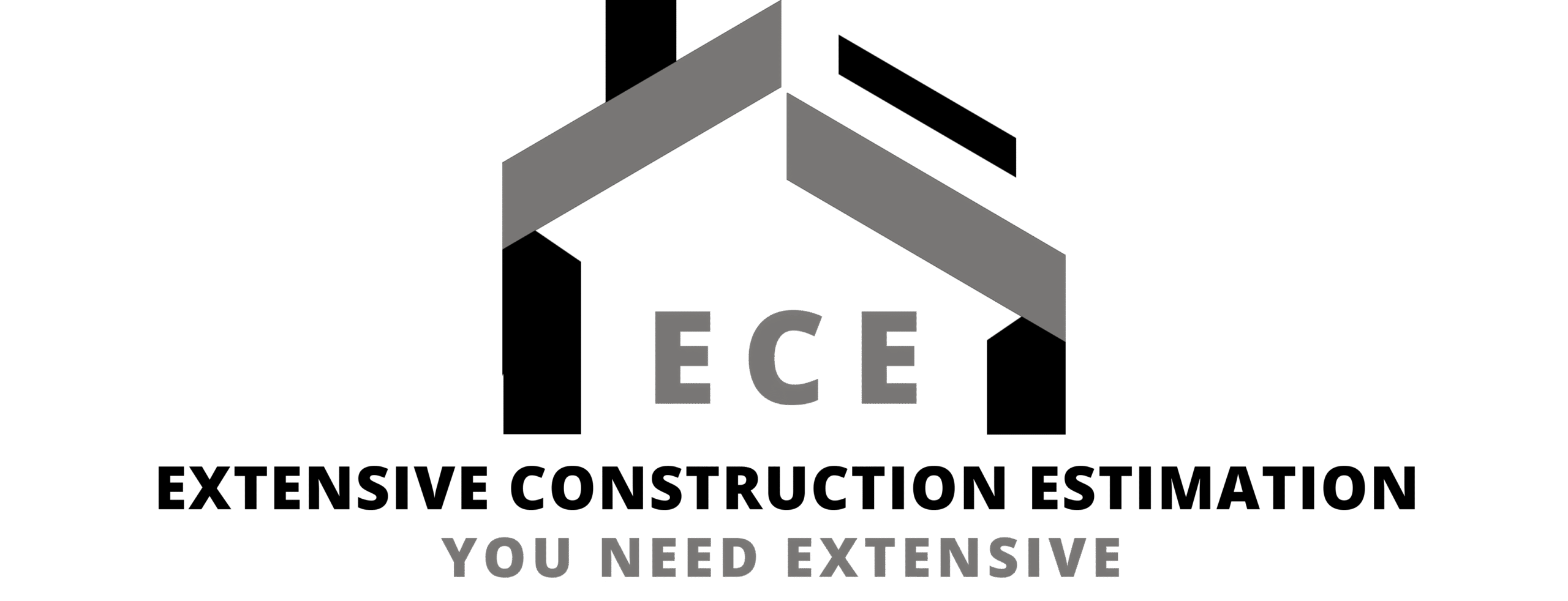
Construction Cost Estimating: A Complete Guide to Accurate Budgets and Bids
Estimated reading time: 15 minutes
Key Takeaways
- *Construction cost estimating* forecasts direct, indirect, and soft costs clearly.
- It distinguishes between **CAPEX** and **OPEX** for accurate budgeting.
- Several estimate classes define accuracy ranges from concept to final bid.
- Multiple methodologies—bottom-up, parametric, and vendor quotes—ensure reliable estimates.
- Using proper tools and checklists minimizes risks and improves communication.
Table of Contents
Introduction: Construction Cost Estimating
Construction cost estimating is the process of forecasting all costs for a build. It covers direct costs (labor, materials), indirect costs (site supervision, temporary works), and soft costs (design fees, permits). This guide provides a step-by-step explanation to help you avoid cost overruns and miscommunication both early and late in a project.
Definitions & Cost Components
What is construction cost estimating? It is a comprehensive view that captures every aspect of cost—from labor and materials to permits and design fees.
Understand the cost groups:
- Direct costs: Labor, materials, equipment, and subcontractors.
- Indirect costs: General conditions, supervision, safety, and temporary works.
- Soft costs: Design fees, permits, inspections, and legal expenses.
Additionally, knowing the difference between CAPEX (one-time build costs) and OPEX (ongoing costs) is essential. For further best practices, refer to AACE International.
Classes & Accuracy Ranges
Estimates evolve as design matures. They are categorized from Class 5 (conceptual) to Class 1 (definitive) with accuracy improving as details are added. These classifications set the expectations for cost variances.
- Class 5: Very rough, used for initial screening.
- Class 4: Feasibility studies with ±30% variation.
- Class 3: Budget estimates with defined scope.
- Class 2: Detailed design development.
- Class 1: Near final estimates for bid submissions.
Methodologies & Process
Different methodologies ensure an effective estimating process:
- Bottom-up estimating: Build the estimate line by line using unit rates.
- Parametric estimating: Utilize cost drivers and historical data for quick checks.
- Vendor and subcontractor quotes provide live market pricing.
The process involves defining scope, performing a quantity takeoff, pricing using unit rates, and incorporating productivity, waste, indirects, markups, contingency, and escalation. Explore more approaches at Extensive Construction Estimation.
Tools and Data Sources
Effective estimating relies on trusted tools and data sources, such as historical cost databases, specialized software, and digital takeoff tools. These resources ensure accuracy and efficiency in the estimating process.
Key sources include RSMeans Construction Cost Data and insights from industry guidelines.
Common Mistakes
Avoid frequent pitfalls that can lead to errors and cost overruns:
- Scope gaps and double counting due to unclear inclusions.
- Outdated pricing and missed escalation factors.
- Unrealistic productivity assumptions and missed soft costs.
Sample Estimating Example
A short illustrative example for a small office fit-out:
- Scope: 2,000 sq. ft. office renovation with new partitions, finishes, and fixtures.
- Direct costs include labor, materials, and equipment pricing.
- Indirects cover site supervision, temporary works, and general conditions.
- Final total example: Around $281,000 (~$140 per sq. ft.).
Templates & Tips
Use pre-bid checklists, basis-of-estimate (BOE) templates, and risk checklists to keep your project organized. These tools guide you through scope definition, quantity takeoffs, and cost validations.
FAQs: Construction Cost Estimating
How accurate should an estimate be at each project phase?
Accuracy depends on the estimate class; early estimates (Class 5) are rough while near-bid estimates (Class 1) can be within ±5–10%. Ensure you state the estimate class in your BOE.
How do I determine the right contingency to carry?
Link contingency to the estimate class, design maturity, and inherent risks. Early stages typically require higher contingencies which are then adjusted as the project details are finalized.
How long does detailed construction cost estimating take?
For small fit-outs, it may take days to weeks; for complex projects, several weeks may be necessary due to detailed reviews and vendor quotes.
What’s the difference between an estimate and a contractor’s bid?
An estimate forecasts the project cost, while a bid is a formal offer including markups and terms. The estimate informs the bid process.
Conclusion & Resources
Accurate construction cost estimating lays the foundation for successful project delivery. It assists in planning, design decisions, procurement, and overall cost control. Regular reviews and updates to your estimating process are key to continuous improvement.
For additional guidance, consider these resources:
- RSMeans Construction Cost Data: RSMeans
- AACE International Best Practices: AACE International
- Comprehensive Guide on Estimating: Extensive Construction Estimation
